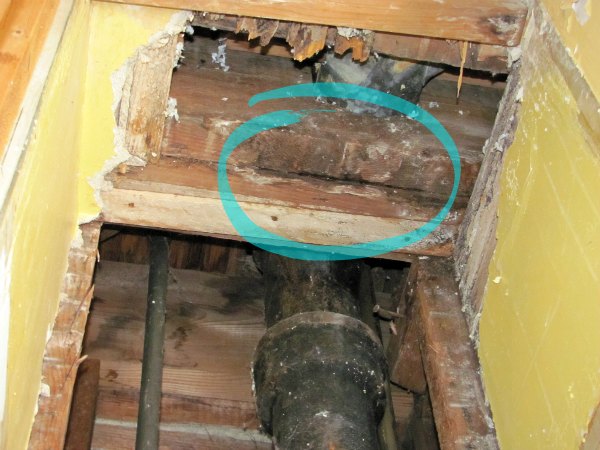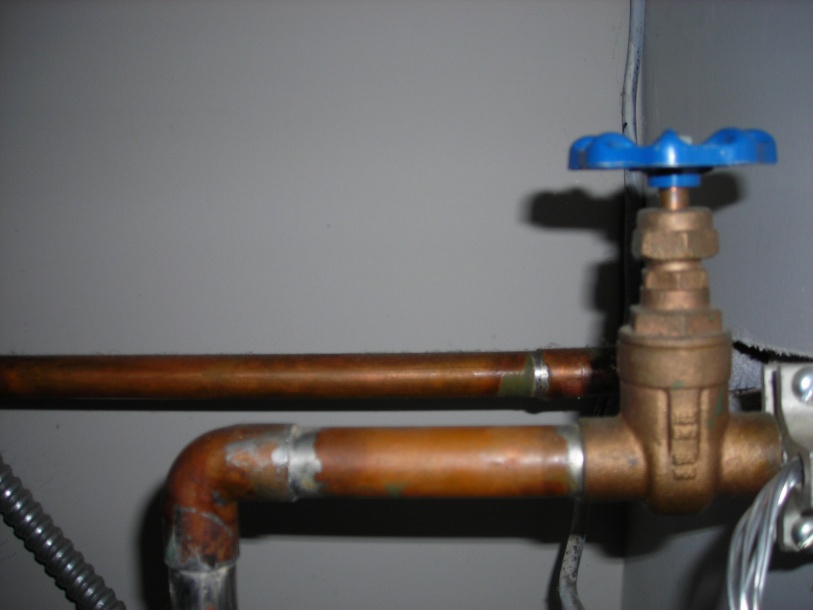Your Guide to Plumbing Issues in Older Homes
Your Guide to Plumbing Issues in Older Homes
Blog Article
Almost everyone has their own unique thinking on the subject of Main Plumbing Issues Found in Old Houses.

Older homes typically come with appeal, character, and background, but they can additionally bring a host of plumbing issues. Whether you're managing aging pipelines, low water stress, or leaks, recognizing just how to attend to these common issues is crucial to preserving a safe and practical home. In this overview, we'll explore the normal pipes difficulties encountered by older homes and offer sensible services to maintain your plumbing in leading shape.
Comprehending Usual Plumbing Problems
Aging Pipelines
Among the most typical issues in older homes is aging pipelines. Relying on the era in which your home was constructed, the pipelines might be made from products that have worn away in time, such as galvanized steel, cast iron, or even lead. These materials can rust, come to be fragile, or create leaks, causing water damages and prospective carcinogen.
Water Quality Testing
Older pipelines can affect the high quality of your water. Conduct a water top quality test to look for impurities such as lead, rust, or other contaminations that might be introduced by aging pipelines.
Solutions for Common Plumbing Problems
Changing Aging Pipes
If your home has old, weakening pipelines, consider replacing them with contemporary products like copper or PEX. This can be a substantial investment, however it will prevent future issues and enhance the security and integrity of your pipes system.
Fixing Low Water Pressure
To deal with low tide pressure, start by cleaning or replacing old fixtures and eliminating mineral build-up in the pipelines. If the trouble persists, it may be necessary to replace sections of corroded pipes.
Repairing and Replacing Leaking Pipes
For little leakages, you can utilize pipeline clamps or epoxy putty as a short-lived solution. Nonetheless, it's best to replace dripping pipelines totally to avoid further damage.
Upgrading Fixtures
Updating old components to modern-day, water-efficient models can improve your home's plumbing efficiency and lower water intake. Seek components with the WaterSense tag for the very best performance.
Managing Pipeline Deterioration
If your pipelines are rusted, replacing them with corrosion-resistant products like copper, PVC, or PEX is the very best service. Regular inspections and water top quality upkeep can assist prevent even more rust.
Low Water Pressure
If you're experiencing low tide pressure, it could be due to natural resources, corrosion inside the pipelines, or old components that are no longer operating successfully. This can be a major aggravation, particularly in areas like showers and sinks.
Leaking Pipelines
Leaks are another frequent issue in older homes, often brought on by corroded or worn-out pipelines. Even tiny leakages can cause considerable water damage, mold and mildew growth, and raised water expenses if not addressed without delay.
Out-of-date Fixtures
Obsolete plumbing components such as faucets, commodes, and showerheads not just look old however might likewise be much less effective, prone to leakages, or inappropriate with contemporary pipes standards.
Pipeline Corrosion
Rust is a common issue in older pipelines, particularly those made from galvanized steel or actors iron. Rusty pipes can limit water flow, create staining, and eventually cause leaks or pipe ruptureds.
Assessing the Problem of Your Pipes
Evaluating Visible Pipelines
Start by examining any kind of visible pipes in your house, such as those in cellars, crawl spaces, or under sinks. Look for indications of deterioration, leakages, or rust, which can suggest underlying concerns.
Looking for Leakages
Check for leaks by checking locations around faucets, bathrooms, and under sinks. You can likewise monitor your water meter before and after a duration of no water make use of to spot concealed leakages.
When to Call a Professional
While some plumbing issues can be managed with do it yourself remedies, there are times when it's best to contact a specialist. If you're managing significant leakages, extensive rust, or are uncertain regarding the problem of your pipes, an accredited plumber can offer skilled analysis and fixing.
Preventive Maintenance Tips
Regular Assessments
Consistently inspect your plumbing system for signs of deterioration. Catching problems early can prevent costly repair work down the line.
Water Pressure Policy
Ensure your water pressure is within the suggested range to avoid worrying your pipes and fixtures. A plumbing technician can mount a stress regulator if required.
Water High Quality Maintenance
Set up water filters or softeners if your water high quality is poor. This can safeguard your pipelines and components from damage triggered by hard water or contaminants.
Proactive Pipe Substitute
If your home has very old pipelines, take into consideration aggressive substitute before major issues occur. This can save you from emergency repairs and water damages.
Verdict
Taking care of plumbing issues in older homes needs a combination of vigilance, preventative upkeep, and timely upgrades. By understanding the common obstacles and recognizing when to look for expert help, you can guarantee your pipes system stays functional and reliable for years ahead.
Common Plumbing Issues in Older Homes
Pipe corrosion
Pipe corrosion is a common plumbing issue in older homes. Several factors can cause pipes to corrode:
Water: Ironically, water is the number one cause of pipe corrosion. When water seeps into cracks in pipes, it can cause the metal to rust and break down, leading to leaks or even burst pipes.
Oxygen: Oxygen is another significant culprit in pipe corrosion. When oxygen interacts with water, it can cause the metal to oxidize and weaken.
Chemicals: Chemicals such as chlorine and fluoride can also contribute to pipe corrosion. These chemicals can react with the metal in pipes, causing them to break down over time.
Leaky pipes
Pipes that leak is one of the most common plumbing issues plaguing residents of older houses. While a small leak may not be a problem initially, it can lead to significant problems if left unaddressed. In addition, water damage can be very costly to repair and may cause damage to electric fixtures, promote mold growth and cause many other issues.
Worn-out fixtures
Older homes often have worn-out fixtures which may need replacement. Over time, the finishes on fixtures can wear down, exposing the underlying metal to corrosion. This can cause fixtures to leak or even break completely. It s best to have a professional plumbing contractor regularly inspect the fixtures in older homes and replaces them if necessary.
Faulty water heaters
A leaky water heater can cause severe damage to the home as it can be both a flood and fire hazard. Call a plumber immediately if it appears that the water heater might be leaking.
If the heater isn t working correctly, it could be because the pilot has gone out. The pilot light going out may indicate gas supply issues or leaks. It is also worth checking the thermostat to see if it needs to be adjusted.
If the water heater is making strange noises, it could be due to sediment buildup in the tank. Sediment can interfere with the heating elements and cause them to overheat. Overheating can damage the tank and shorten the lifespan of the water heater.
https://www.norfleetfamilyplumbing.com/blog/common-plumbing-issues-in-older-homes

I am very drawn to Main Plumbing Issues Found in Old Houses and I am praying you liked the entire blog entry. Enjoyed our entry? Please quickly share it. Help others check it out. Thanks for being here. Return soon.
Book Report this page